Invented by Vojo P. Deretic, Tomonori Kimura, UNM Rainforest Innovations
Autophagy, a cellular process that involves the degradation and recycling of damaged or unnecessary cellular components, plays a crucial role in maintaining cellular homeostasis and preventing the development of various diseases. In recent years, there has been a growing interest in understanding the mechanisms of autophagy and its potential therapeutic applications, particularly in the fields of antimicrobial and inflammatory diseases. This has led to the emergence of a market for IRGM (Immunity-Related GTPase Family M) and precision autophagy controls, as well as methods of detecting autophagy.
Antimicrobial resistance has become a major global health concern, with the rise of drug-resistant bacteria posing a significant threat to public health. Traditional antimicrobial therapies are becoming less effective, highlighting the need for alternative approaches. Autophagy has been identified as a potential target for the development of novel antimicrobial strategies. By enhancing autophagy, it is possible to promote the clearance of intracellular pathogens, including bacteria, viruses, and parasites.
IRGM, a key regulator of autophagy, has gained attention as a potential therapeutic target for antimicrobial diseases. IRGM controls the formation and maturation of autophagosomes, the structures responsible for engulfing and degrading intracellular pathogens. By modulating the activity of IRGM, it is possible to enhance autophagy and improve the clearance of pathogens. This has led to the development of IRGM-based therapeutics and precision autophagy controls that can selectively activate or inhibit IRGM, depending on the specific disease state.
Inflammatory diseases, such as Crohn’s disease, rheumatoid arthritis, and sepsis, are characterized by an excessive immune response and chronic inflammation. Autophagy has been shown to play a crucial role in regulating inflammation and immune responses. Dysregulation of autophagy can contribute to the development and progression of inflammatory diseases. Therefore, targeting autophagy pathways has emerged as a potential therapeutic strategy for managing these conditions.
The market for precision autophagy controls in the context of inflammatory diseases is also growing. These controls can selectively modulate the activity of autophagy-related proteins, such as ATG16L1 and ATG5, to regulate the inflammatory response. By targeting specific components of the autophagy pathway, it is possible to fine-tune the immune response and reduce inflammation, offering new therapeutic options for patients with inflammatory diseases.
In addition to the development of IRGM-based therapeutics and precision autophagy controls, there is also a demand for methods of detecting autophagy. Accurate and reliable detection methods are essential for studying autophagy and assessing its role in disease states. Various techniques, such as fluorescence microscopy, flow cytometry, and biochemical assays, have been developed to measure autophagy levels and monitor its activity. The market for autophagy detection methods is expected to expand as researchers continue to explore the role of autophagy in different diseases and develop new therapeutic strategies.
In conclusion, the market for IRGM and precision autophagy controls, as well as methods of detecting autophagy, is growing rapidly. The potential therapeutic applications of autophagy modulation in antimicrobial and inflammatory diseases have sparked interest among researchers and pharmaceutical companies. As our understanding of autophagy mechanisms deepens, we can expect to see further advancements in the development of targeted therapies and detection methods, ultimately improving patient outcomes in these disease states.
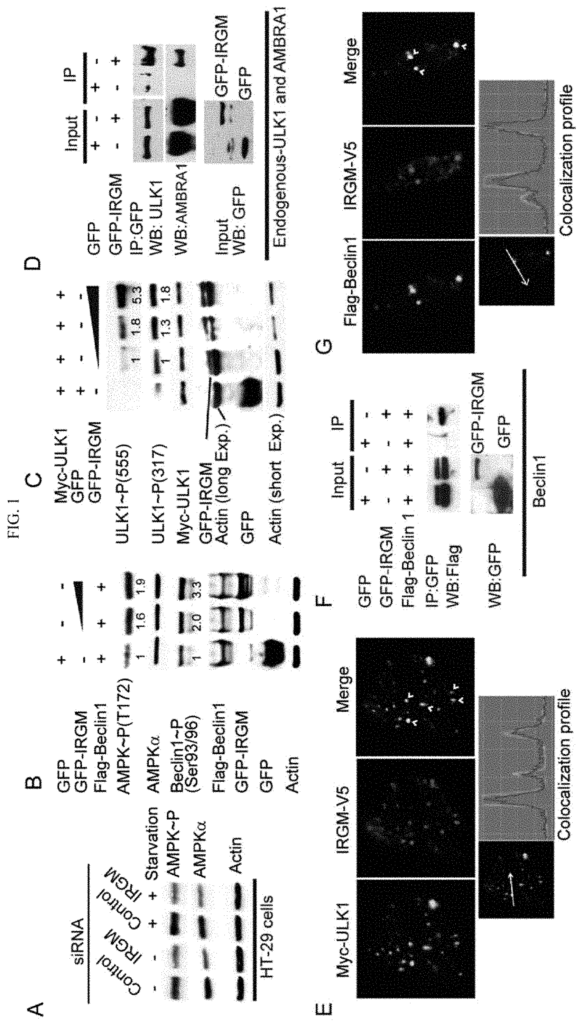
The UNM Rainforest Innovations invention works as follows
The present invention relates a discovery that IRGM encoded by a unique human gene, which confers risk of inflammatory diseases, influences autoophagy via a previously unknown mechanism. The present invention shows that IRGM controls autophagy and that IRGM modulators, in particular, double-stranded RNA, including poly I:C, poly-UG (polyUGUGU) and polyICLC and muramyldipeptide and related analogs of same, including N-acetyl muramyl-L-alanyl-D-isoglutamine (Muramyl dipeptide or MDP) and numerous other compounds as identified herein, which may be used alone, in combination, or in combination with alternative autophagy modulators and additional bioactive agents to provide effective therapies for a number of diseases, including cancer, bacterial infections and inflammatory diseases, especially including tuberculosis infections and Crohn’s disease, among others. The present invention also relates to compositions and techniques for treating autophagy or inflammatory diseases, including diseases that cause excessive inflammation in the patient.

Background for IRGM and Precision Autophagy Controls for Antimicrobial and Inflammatory Disease States and Methods of Detecting Autophagy
Autophagy plays a broad role in human health (Mizushima and colleagues, 2008). Autophagy lies at the intersection of antimicrobial (Deretic, Ma, and others, 2013) and metabolic processes (Rabinowitz, White, and Settembre, 2010). The system is able to respond to many different inputs, including starvation, lysosomal dysfunction (Settembre et. al. 2014), endogenous dangerous associated molecular pattern, and microbial products, commonly known as pathogen-associated molecules patterns (PAMPS). “Autophagic responses to pathogen-associated molecular patterns (PAMPS) lead to direct antimicrobial actions through a procedure called xenophagy” (Gomes et al. 2014; Levine 2005). They also control inflammation and other immune functions (Deretic and Ballabio, 2013).
The genetic polymorphisms of ATG16L1 or IRGM that confer risk for Crohn’s Disease (CD), a disorder characterized by intestinal inflammation (Consortium 2007; Craddock et.al., 2010; Murthy et.al., 2014) are among the more established links between autophagy, human disease. The polymorphisms of IRGM in the human population have been associated with autophagy and its outputs, including antimicrobial defence (Brest et al. 2011; McCarroll et al. 2008). In addition to its autophagy mediated antimicrobial function, IRGM has been identified as a genetic risk for tuberculosis among different human populations (Bahari et. al. 2012; Che et. al. 2010; Intemann et. al. 2009; King et. al. 2011; Song et. al. 2014) and could provide protection against leprosy in certain cases (Yang et. al. 2014). The molecular mechanism by which IRGM functions in autophagy is still a mystery.
IRGM does not have homologs in the Atg gene family of yeasts, making it difficult to assign it an autophagy specific function. Instead, IRGM is thought to indirectly affect autophagy (Singh et. al., 2006. Understanding the function of IRGM can be complicated by its distinct human nature (Bekpen et. al., 2010). The orthologs of IRGM are only found in African great-apes and Homo Sapiens, but the active alleles were absent from ancestral evolutionary lines that led to them (Bekpenet al. 2009). The mouse genome encodes a family of GTPases related to immunity (21 IRG genes), compared with a single gene in humans (IRGM); furthermore, each murine IRG encodes approximately. The 40-kDa protein is much larger than the 21 kDa IRGM in humans. According to the prevailing opinion, murine IRGs have a majority of non-autophagy function (Choi, et. al. 2014; Zhao, et. al. 2008). The murine system may not have much impact on the human IRGM.
It is surprising that IRGM?s mechanism of autophagy action remains unknown, given the importance of IRGM to human populations and the prevalence of diseases like CD and tuberculosis. We report here that IRGM interacts physically with key autophagy regulatory proteins, ULK1, Beclin 1 and ATG14L. We show, surprisingly, that IRGM links inputs of PAMP sensors through molecular complexes made with NOD2, a genetic risk factor for CD (Eckmann & Karin, 2005, Hugot et. al. 2001, Ogura et. al. 2001). The formation of the NOD2-IRGM is stimulated by PAMPs. However, increased association of IRGM with NOD2 promotes IRGMdirected autophagy regulator assembly. IRGM undergoes modifications post-translational that stabilize the autophagic core machinery. Mutant IRGM proteins that are unable to direct these modifications are disabled from their role in autophagic defence against invasive bacteria.
The present invention addresses this need in one aspect. The present invention, in one aspect addresses this need.
BRIEF DESCRIPTION ABOUT THE INVENTION
IRGM encoded by a unique human gene conferring inflammatory disease risk, affects autophagy via a previously unknown mechanism. The present invention aims to demonstrate that IRGM regulates autophagy. IRGM promotes the coassembly of ULK1 and Beclin 1, and interacts with them. IRGM regulates autophagy initiation by stabilizing ULK1 and affecting the stability of Beclin 1 interactors. We also show that IRGM interacts with pattern-recognition receptors, including NOD2. IRGM and NOD2, which are all Crohn’s risk factors, form a complex molecular to modulate autophagic reactions to microbial products. NOD2 increases K63-linked ubiquitination, which is necessary for IRGM to interact with core autophagy factor and for bacterial clearing. IRGM is directly involved in the organization of autophagy machinery, which confers antimicrobial properties.
In one embodiment, this invention relates the use of IRGM moderators to treat disease, namely bacterial infections, inflammatory diseases and most notably, tuberculosis, and Crohn’s amongst others. The compounds that are useful for modulating IRGM are double stranded RNAs, such as poly I:C (poly UGUGU), poly ICLC and poly ICLC among others. Also, muramyl and its derivatives, as well as their analogs, can be used.
In one embodiment, this invention offers a method for modulating autophagy within a biological system. This includes a patient or a subject. This aspect of the invention involves presenting a compound, which can be either an agonist or an inhibitor of IRGM, to a biological system (including a subject or The modulation can be monitored in order to achieve a desired result. This may include the prevention, treatment, and/or inhibition of cancer (including metastasis), or the This embodiment of the invention has as its common principle that compounds modulating IRGM are outstanding autophagy moderators (i.e. inhibitors or activaters of auto The invention also includes a therapeutic aspect where the administration of autophagy moderators (i.e. one or more IRGM-modulators alone or combined with another auto
In one embodiment, the treatment of an autophagy-mediated condition or disease includes administering atleast one dsRNA analog or muramyl derivative (collectively referred to collectively as ‘IRGM modulators’). Optionally, at least one other autophagy moderator or bioactive agent can be administered to the patient. In this method at least one IRGM modulator as described above, alone or in combination with an additional autophagy modulator, such as an autophagy modulator selected from the group consisting of flubendazole, hexachlorophene, propidium iodide, bepridil, clomiphene citrate (Z,E), GBR 12909, propafenone, metixene, dipivefrin, fluvoxamine, dicyclomine, dimethisoquin, ticlopidine, memantine, bromhexine, norcyclobenzaprine, diperodon and nortriptyline, tetrachlorisophthalonitrile and phenylmercuric acetate, pharmaceutically acceptable salts thereof and mixtures thereof, alone, optionally in further combination with at least one additional bioactive agent, optionally in combination with a pharmaceutically acceptable carrier, additive or excipient, may be administered to a patient or subject in need to treat an autophagy-mediated disease state and/or condition. It is noted that flubendazole, hexachlorophene, propidium iodide, bepridil, clomiphene citrate (Z,E), GBR 12909, propafenone, metixene, dipivefrin, fluvoxamine, dicyclomine, dimethisoquin, ticlopidine, memantine, bromhexine, norcyclobenzaprine, diperodon, nortriptyline and their pharmaceutically acceptable salts show activity as agonists or inducers of autophagy in the treatment of an autophagy-mediated disease, tetrachlorisophthalonitrile, phenylmercuric acetate and their pharmaceutically acceptable salts, find use as antagonists or inhibitors of autophagy. These compounds are all used as modulators of Autophagy for the autophagy-mediated diseases and conditions described in this document. The agonists will be preferred to the inhibitors in most cases, except cancer.
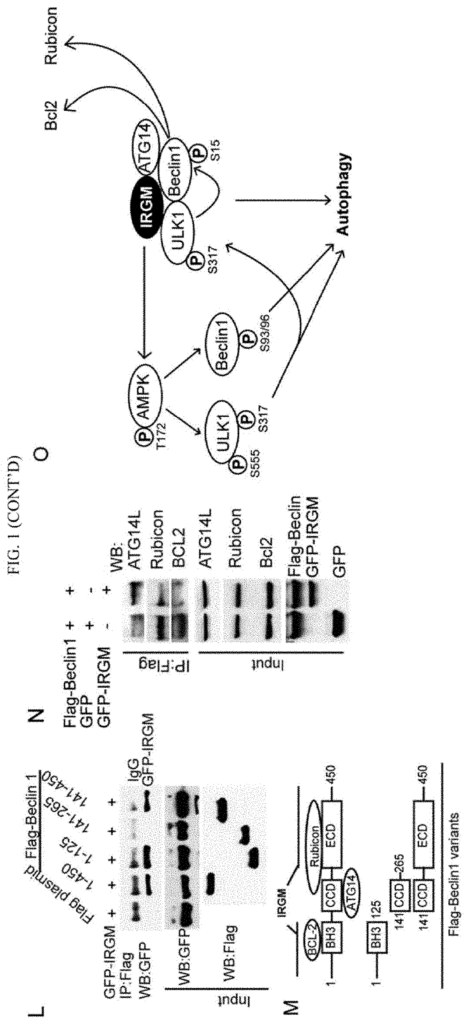
Pharmaceutical compositions according to the present invention comprise an effective amount of at least one IRGM modulator as described herein in combination with an autophagy modulator selected from the group consisting of flubendazole, hexachlorophene, propidium iodide, bepridil, clomiphene citrate (Z,E), GBR 12909, propafenone, metixene, dipivefrin, fluvoxamine, dicyclomine, dimethisoquin, ticlopidine, memantine, bromhexine, norcyclobenzaprine, diperodon, nortriptyline, tetrachlorisophthalonitrile, phenylmercuric acetate and their pharmaceutically acceptable salts, optionally in combination with a pharmaceutically acceptable carrier, additive and/or excipient and further optionally, in combination with at least one additional bioactive agent (e.g., an anticancer agent, antibiotic, anti-tuberculosis agent, antiviral agent such as an anti-HIV agent, anti-HBV agent or anti-HCV agent, etc. At In the present invention, an additional autophagy modulator (autostatin) may be selected from the group consisting of may be combined with an additional autophagy modulator selected from the group consisting of benzethonium, niclosamide, monensin, bromperidol, levobunolol, dehydroisoandosterone 3-acetate, sertraline, tamoxifen, reserpine, hexachlorophene, dipyridamole, harmaline, prazosin, lidoflazine, thiethylperazine, dextromethorphan, desipramine, mebendazole, canrenone, chlorprothixene, maprotiline, homochlorcyclizine, loperamide, nicardipine, dexfenfluramine, nilvadipine, dosulepin, biperiden, denatonium, etomidate, toremifene, tomoxetine, clorgyline, zotepine, beta-escin, tridihexethyl, ceftazidime, methoxy-6-harmalan, melengestrol, albendazole, rimantadine, chlorpromazine, pergolide, cloperastine, prednicarbate, haloperidol, clotrimazole, nitrofural, iopanoic acid, naftopidil, methimazole, trimeprazine, ethoxyquin, clocortolone, doxycycline, pirlindole mesylate, doxazosin, deptropine, nocodazole, scopolamine, oxybenzone, halcinonide, oxybutynin, miconazole, clomipramine, cyproheptadine, doxepin, dyclonine, salbutamol, flavoxate, amoxapine, fenofibrate, pimethixene and mixtures thereof.
In a further embodiment, the invention provides for a method to treat a subject infected with TB (e.g. The invention provides a method of treating a subject who has been infected with tuberculosis (e.g. The invention also provides a method for treating Crohn’s Disease, which comprises administering to a needy patient a pharmaceutically-effective amount of a IRGM moderator as described below.
The present invention provides methods for treating autophagy or inflammatory diseases. Autophagy is an intracellular eukaryotic pathway that performs key aspects of homeostasis in the cytoplasm. Autophagy is a biological process that has many effects, including immunological processes and inflammation. One aspect of autophagy is the regulation of activation-inflammasome activity. We reveal the methods for regulating disease-causing inflammation through a form of selective autophagy called precision autophagy. Modulating precision autophagy can provide therapeutic options to treat autophagy or inflammatory diseases. Compounds such as IFN gamma or other compounds could induce several forms of precision autophagy. The present invention can be used to increase autophagy. For example, in disease states like tuberculosis or other diseases where autophagy is beneficial for treatment. This therapy can be effected through the administration of an effective amount (as described in this document) of one or multiple TRIM proteins to a patient who is in need. The result would be the upregulation autophagy, and treatment of a condition and/or disease that is mediated by authophagy. The present invention can also be used in other cases to regulate (i.e. Down-regulate some forms of precision Autophagy. Precision autophagy modulates several forms of inflammation such as type I Interferon or inflammasome response to bring autophagy back into balance. Precision autophagy is targeted for disorders that are autophagy related or inflammatory, such as autoimmune diseases, infectious disease, cardiovascular diseases and metabolic diseases like diabetes mellitus. The inflammatory response, for example, is vital to humans, but an excessive response can be lethal in different diseases at various stages. This includes autoimmune diseases, acute viral/bacterial infections, and metabolic diseases such as diabetes mellitus. The inventors found that excessive inflammation in these diseases and/or conditions can be regulated through precision autophagy. This includes the administration of siRNAs, as described herein, which inhibit one or more TRIM protein as described elsewhere herein. The inventors also found that some disease states would benefit from an initial increase in autophagy, which could be beneficial to the treatment of the disease, followed by a down-regulation of the autophagy throughout the course of the therapy for the condition or disease state.
These precision autophagy moderators may include interferons such as interferon gamma (IFN-gamma) and pegylated interferon (PEG-IFN), as well as the preferred TRIM proteins or variants exhibiting 90% sequence identity to the TRIM proteins. These precision autophagy moderators can include interferons, such as interferon-gamma (IFN gamma), and pegylated (PEG)-IFN, as well as TRIM (tripartite motifs containing) proteins and variants that exhibit 90% sequence identity, with at least one TRIM selected from the group consisting TRIM1, Trim3, TRIM8,,TRIM10 TRIM17 TRIM19 TRIM20 TRIM
The The Additional autophagy modulators for use in the present invention include, for example, flubendazole, hexachlorophene, propidium iodide, bepridil, clomiphene citrate (Z,E), GBR 12909, propafenone, metixene, dipivefrin, fluvoxamine, dicyclomine, dimethisoquin, ticlopidine, memantine, bromhexine, norcyclobenzaprine, diperodon, nortriptyline, tetrachlorisophthalonitrile and phenylmercuric acetate, benzethonium, niclosamide, monensin, bromperidol, levobunolol, dehydroisoandosterone 3-acetate, sertraline, tamoxifen, reserpine, hexachlorophene, dipyridamole, harmaline, prazosin, lidoflazine, thiethylperazine, dextromethorphan, desipramine, mebendazole, canrenone, chlorprothixene, maprotiline, homochlorcyclizine, loperamide, nicardipine, dexfenfluramine, nilvadipine, dosulepin, biperiden, denatonium, etomidate, toremifene, tomoxetine, clorgyline, zotepine, beta-escin, tridihexethyl, ceftazidime, methoxy-6-harmalan, melengestrol, albendazole, rimantadine, chlorpromazine, pergolide, cloperastine, prednicarbate, haloperidol, clotrimazole, nitrofural, iopanoic acid, naftopidil, methimazole, trimeprazine, ethoxyquin, clocortolone, doxycycline, pirlindole mesylate, doxazosin, deptropine, nocodazole, scopolamine, oxybenzone, halcinonide, oxybutynin, miconazole, clomipramine, cyproheptadine, doxepin, dyclonine, salbutamol, flavoxate, amoxapine, fenofibrate, pimethixene, pharmaceutically acceptable salts thereof and mixtures thereof, alternative TRIM proteins or variants exhibiting 90% sequence identity to the TRIM proteins, including, but are not limited to, TRIM2 (SEQ ID NO:6), TRIM 4 (SEQ ID NO:16), TRIM5 (TRIM5?) Me Other
The Com
” The In This This
Methods of the present invention include down-regulating the autophagy when an inflammatory response has been elevated (in autoimmune diseases, inflammatory disease and in later stages of disease states, such as viral or bacterial infections and especially tuberculosis), the method including administering an inhibitor of a TRIM (including TRIM21), as described elsewhere herein, particularly siRNA, which is an inhibition of a TRIM. In some aspects, a TRIM21 siRNA inhibitor is especially useful for treating these diseases, including tuberculosis, at any stage of the tuberculosis disease state. In other embodiments a siRNA inhibitor of TRIM20 may be administered at a late stage of tuberculosis to enhance therapy by reducing or/and the impact of autophagy.
It is noted that the singular forms are used in the specification and claims appended. ?an,? The words?an,? Include plural referents, unless they are expressly and unambiguously limited to only one. Referring to “a compound” is an example. Includes two or more compounds. The term “include” is used in this context. The term “include” and its variants are meant to be non-limiting. This means that the recitation of similar items can be substituted, or that other items can be added.
The term “compound” or “agent”, as used herein, refers to any specific chemical compound disclosed herein and includes tautomers, regioisomers, geometric isomers (e.g. “The term ‘compound? Enantiomers of the compound, as well pharmaceutically acceptable salts. In context, the term “compound” refers to one compound. However, it can also include stereoisomers, optical isomers, and regioisomers (including mixtures), as well specific enantiomers of disclosed compounds or enantiomerically enhanced mixtures, as well diastereomers and Epimers. In context, the term can also refer to modified prodrug forms that have been designed to make it easier to administer and deliver compounds to their site of action.
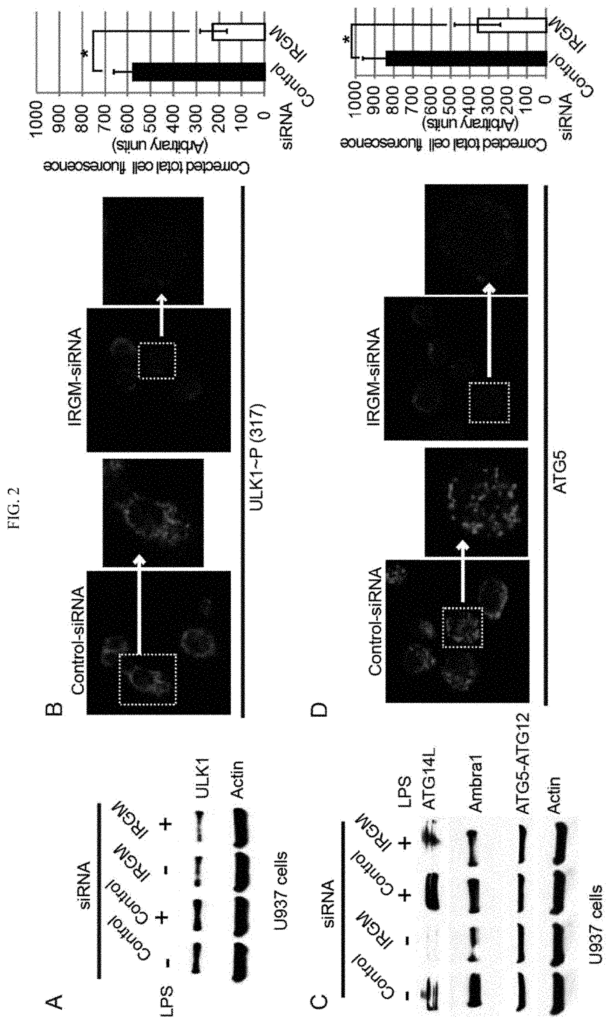
The term “patient” is used to describe a person who has a medical condition. The term?patient? In the specification, “animal” is used to refer to an animal. This includes a domesticated animal such as a cow, horse, dog, cat, pig or sheep. The present invention provides methods and compositions for treating, and in some cases prophylaxis, a human patient. The term “patient” is used to refer to the specific animal or patient that will be treated for those specific conditions and disease states, such as human patients.
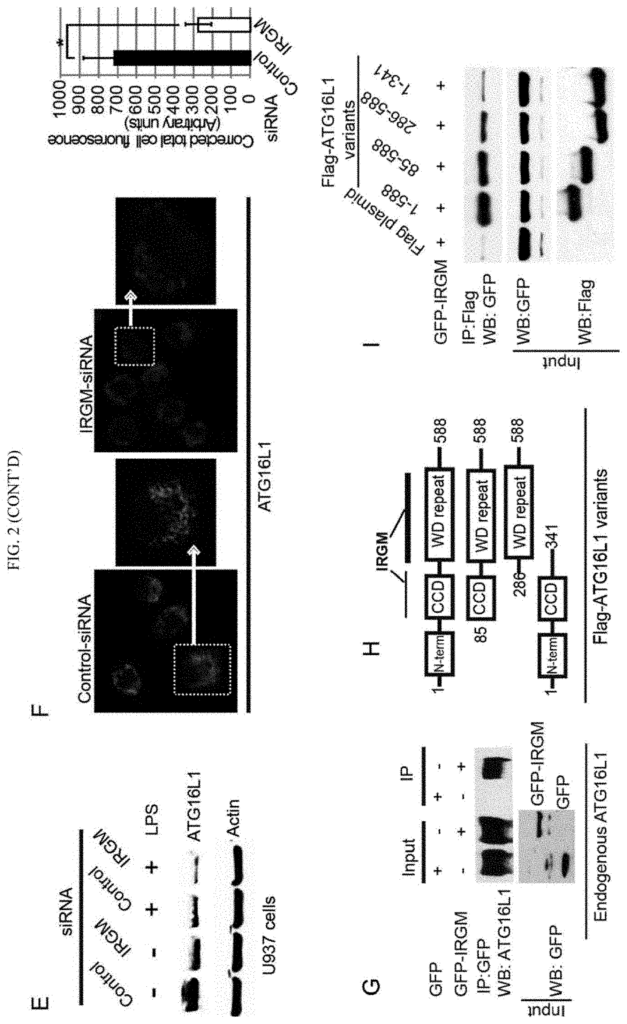
Click here to view the patent on Google Patents.
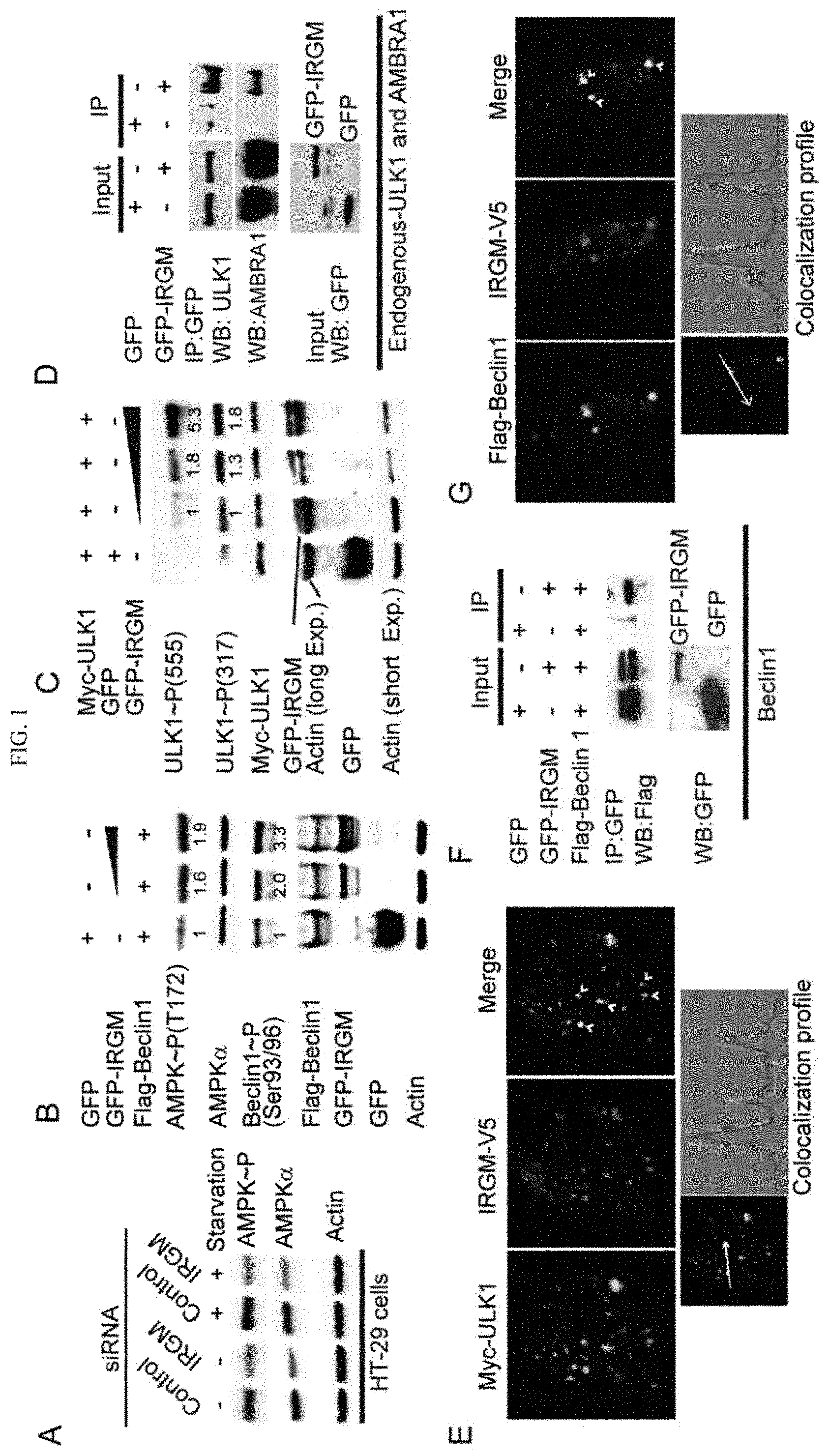
Leave a Reply